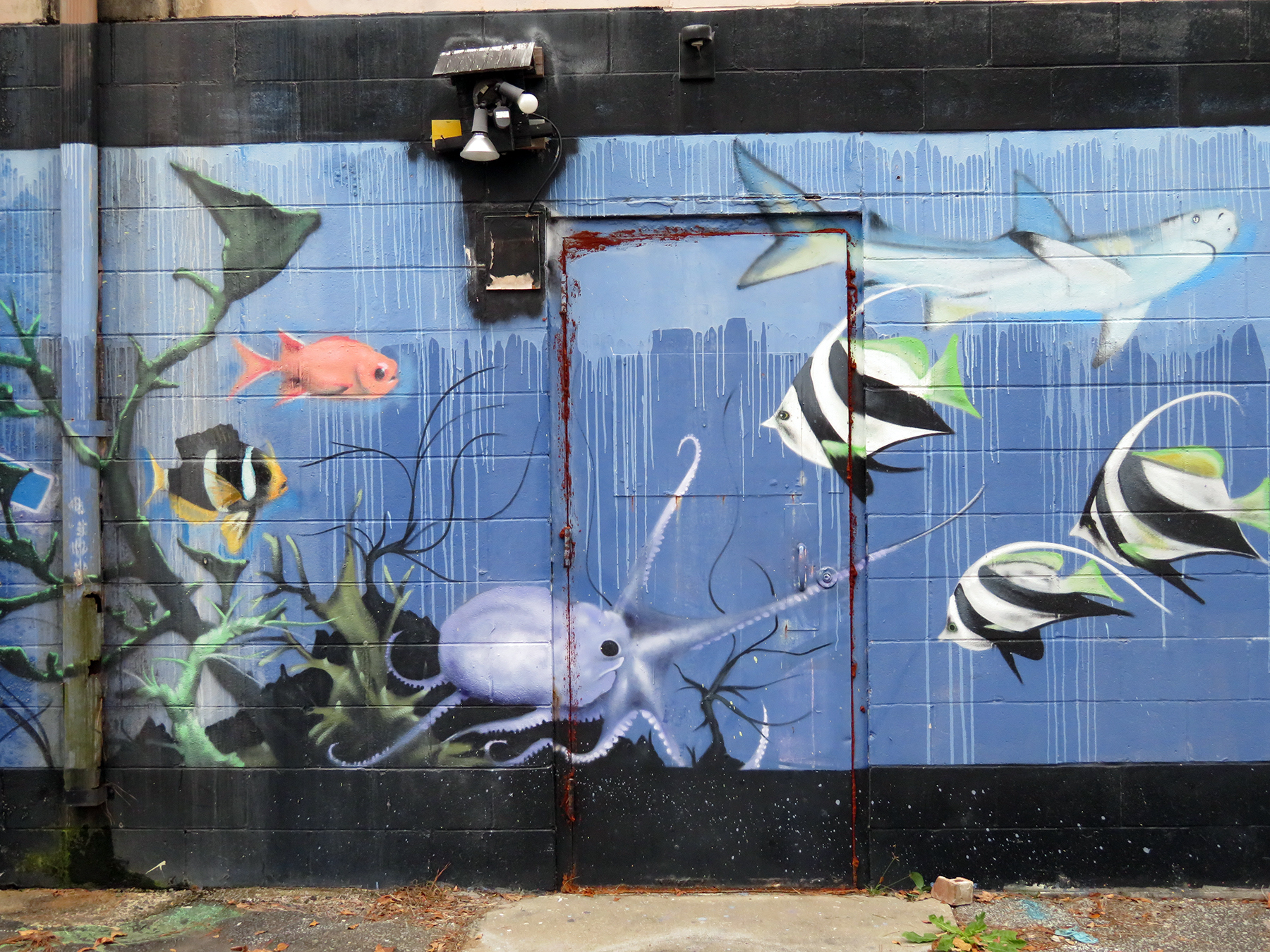The legal and political obscenities surrounding the Wisconsin election have kept me awake at night. The whole package – making people choose between their health, potentially their life on the one hand and their right to vote own the other, reducing 170 polling stations to 5 within the largest city of the state, not sending absentee ballots in a timely fashion (somehow they got delayed, no one can tell why….) so that they could be dropped off by today, refusing to permit vote by mail in general, it all is too much. Too many poll minders excused themselves for fear of infection, being replaced by national guard soldiers, and lines extending for 4 plus hour waits had many people give up and go home. The (conservative!) German Handelsblatt called it the insanity election. And here is a summary of the implications – far reaching in ways that most people, myself included, did not grasp.
The US Supreme Court showed its partisan power in full force by not even allowing a delay to that absentee ballots could be received and could be counted, thus disenfranchising 10s of thousands of voters, while they themselves refuse to sit in the face of the viral anger – it all is in itself a step to undermine democracy, but also a sign of things to come. When we have barely come out of the trauma of these months, mourned the losses, should that be the case in November, we have to deal with voter suppression of un-imaginary large and cruel proportions.

In short, I got the blues. As an anti-depressant I decided to make it all about music today, singing the blues, as a form of protest, from prison labor, to the acknowledgment of racism, from a description of the feelings to an admission that they are hard to shake.
From prison:
to the acknowledgment of racism,
from a description of the feelings

to an admission that they are hard to shake.
And then: you look at this historical footage, and feel the spirit (whether you share the religious affirmations or not) and realize what people have overcome – enough to encourage us that we, too, can organize and join another movement to pursue what’s morally right.

Tired, yes. Scared, you bet. Feeling helpless, check. We simply cannot afford to give up, though. 2030 is rapidly approaching and 1930 is not what we want to repeat!
Montages all contain blue….



































































































